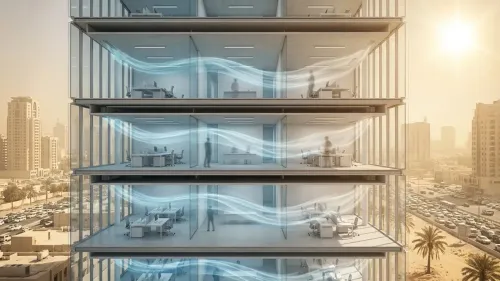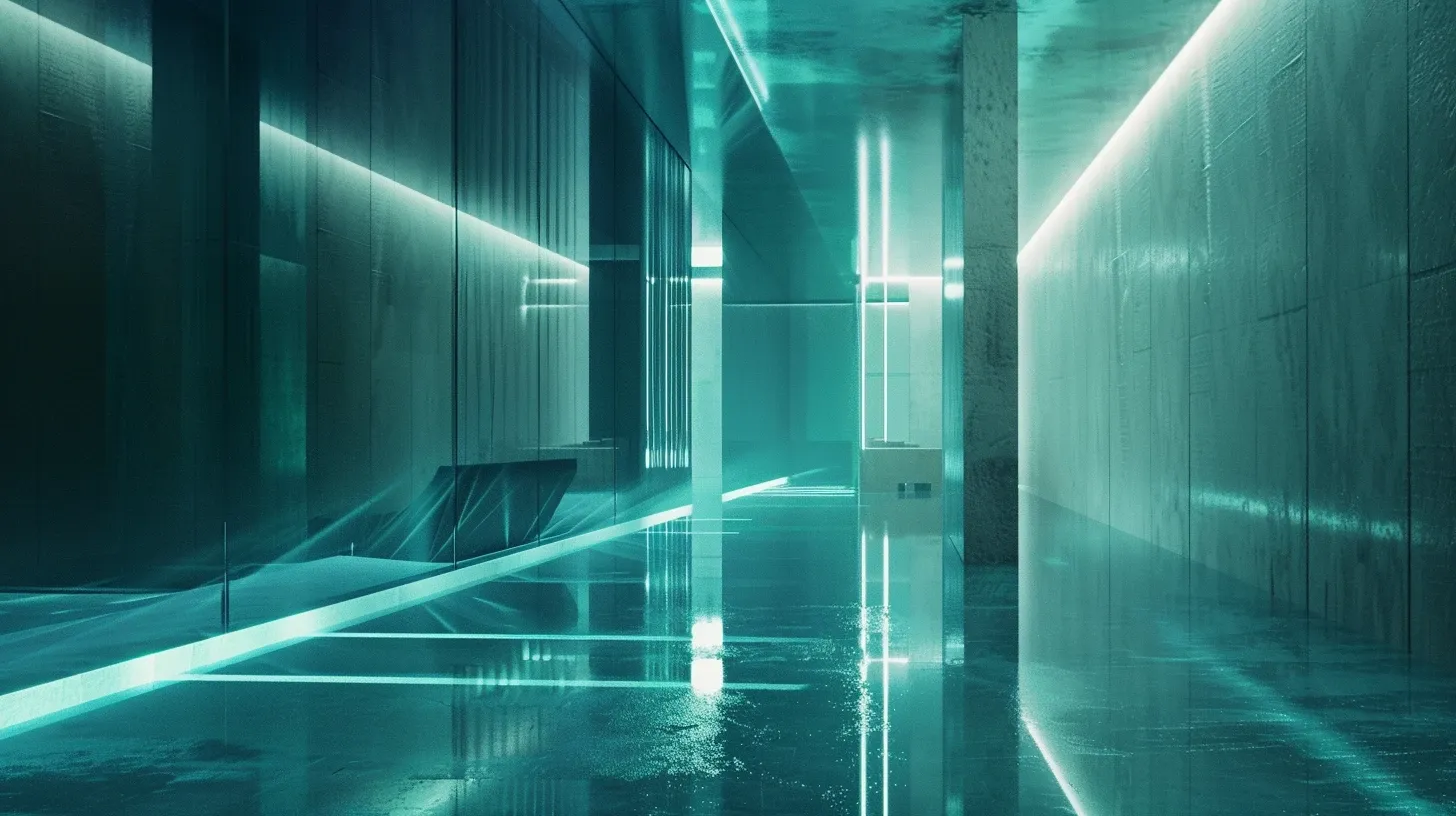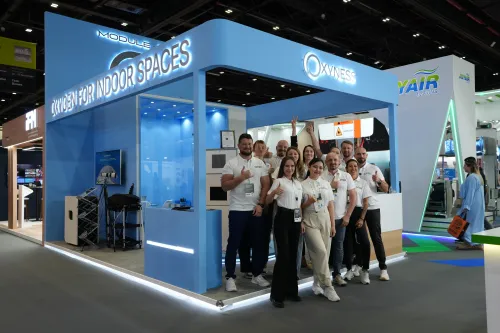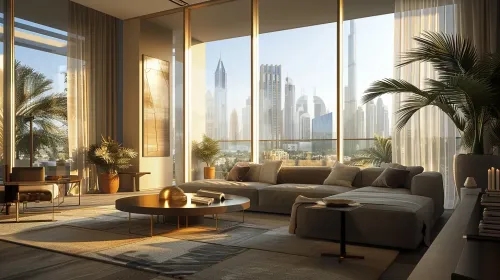Why Air Quality Defines Modern Architecture
Urbanization has dramatically changed how people breathe indoors. Buildings are sealed to save energy, natural ventilation is reduced, and air filtration purification devices have become standard equipment in both residential and commercial projects. The market offers a vast range of air purifers marketed as the best air purifers or even promoted as the best air purification system, yet all of them share the same limitation: they filter, but they do not enrich.
Clean air is not the same as oxygen-rich air. Studies confirm that oxygen deficiency in modern offices and homes leads to fatigue, headaches, reduced concentration, and higher stress levels. While a home air purification system may remove allergens or smoke, it cannot restore the natural oxygen balance.
Evolution of Technologies
The first generation of air purification devices relied exclusively on mechanical HEPA air purification filters capable of trapping particles down to 0.3 microns. Later, carbon filters were introduced to eliminate odors and VOCs. These air purification technologies remain the backbone of the industry.
Modern devices labeled as the best air purifers usually add multi-stage combinations, ultraviolet sterilization, or ionization. A best air purification system may integrate these functions into central HVAC. Despite the sophistication, all remain bound to the same paradigm of air filtration purification. They remove dust, but they do not change the oxygen level.
More advanced methods—plasma, photocatalytic oxidation, electrostatic precipitators—sound futuristic, yet they are variations of the same principle. Research has also revealed potential side effects. Certain ionizers generate ozone, which explains discussions around how air purifiers can be harmful and aggravate health conditions. Poorly maintained air purifers may release bacteria or mold accumulated on dirty filters.
Market Demands and Current Limitations
The global demand for home air purification devices surged after the pandemic, as families invested in additional protection. Businesses responded by deploying large-scale hvac air purification systems, and developers integrated whole house air purification solutions into new residential projects.
Despite the adoption, several issues remain unsolved:
Oxygen deficiency inside sealed environments, which no air purification technologies can address.
Maintenance risks, as even the best air purifers require timely filter replacement.
False sense of safety, since a best air purification system may provide clean air but still leave residents tired due to low oxygen levels.
Module21 as a Complementary Technology
Module21 was developed as a new category of solution. It does not compete with HVAC or existing filters. Instead, it complements them.
Purification: The system uses advanced air purification filters to trap particles, allergens, and harmful gases.
Oxygen enrichment: Unlike traditional air purifers, Module21 actively increases oxygen concentration, restoring levels closer to outdoor conditions.
This dual principle transforms home air purification and whole house air purification systems into wellness platforms rather than simple dust collectors.
Integration with Building Infrastructure
Engineers often question compatibility with existing hvac air purification setups. Module21 was designed to work alongside them at multiple stages:
Design stage: Developers can integrate Module21 into air filtration purification plans for new projects, ensuring future-proof performance.
Retrofit: Facility managers can install it as an addition to existing whole house air purification systems without major redesign.
Standalone: For smaller homes, it operates as a home air purification system offering both filtration and oxygenation.
The system enhances rather than replaces central solutions, which ensures architectural flexibility and technical feasibility.
Technical Advantages of Oxygen Enrichment
While most air purification technologies are measured by particle efficiency, Module21 adds oxygen balance as a parameter. This creates measurable benefits:
Cognitive performance: Offices using Module21 report fewer complaints about fatigue than those relying only on standard air purification filters.
Stress reduction: Environments enriched with oxygen improve nervous system stability, an effect not delivered by even the best air purifers.
Better sleep: In homes, oxygen balance helps restore circadian rhythms. A home air purification system equipped with Module21 improves sleep quality compared to conventional devices.
Respiratory support: By avoiding common risks associated with how air purifiers can be harmful and aggravate health conditions, the device ensures stable, safe indoor air.
Expanded Applications
Residential homes benefit from safer environments for children, elderly residents, and individuals with respiratory conditions. Families searching for the best air purification system often compare dozens of air purifers, yet Module21 stands out by offering both filtration and oxygenation.
Commercial buildings already deploy hvac air purification solutions. Module21 complements them by enriching oxygen, which directly improves employee productivity, reduces sick leave, and increases cognitive performance.
Healthcare and education facilities rely heavily on air purification technologies. By integrating Module21, hospitals and schools add another dimension—oxygen balance that supports recovery and learning. Unlike conventional air purifers, which sometimes lead to discussions about how air purifiers can be harmful and aggravate health conditions, Module21 ensures controlled and safe results.
Hospitality and wellness industries increasingly promote home air purification system features. By installing Module21, hotels and spas transform their marketing into a premium wellness offering: purified, oxygen-rich whole house air purification systems that improve guest experience.
Safety and Engineering Considerations
Concerns around side effects of ordinary air purifers include mold accumulation in air purification filters, ozone emissions from ionizers, and bacterial growth in humidifier-based systems. These are well-documented cases of how air purifiers can be harmful and aggravate health conditions.
Module21 addresses these risks by combining controlled air filtration purification with oxygenation, ensuring stability and minimizing maintenance-related issues. This makes it a reliable option for engineers who prioritize both safety and efficiency.
Future Outlook
The industry is gradually shifting from pure filtration to holistic atmosphere management. The best air purification system of the future will not only capture particles but also manage oxygen concentration, humidity, and psychological comfort.
Module21 already reflects this direction:
It integrates seamlessly with hvac air purification infrastructures.
It can be monitored via IoT systems for real-time control.
It aligns with wellness-focused building certifications, making it attractive for developers and investors.
As demand for whole house air purification continues to grow, solutions like Module21 are positioned to define the next generation of healthy building technologies.

Module21 for Your Business

Module21 for Your home





